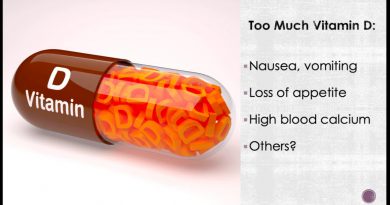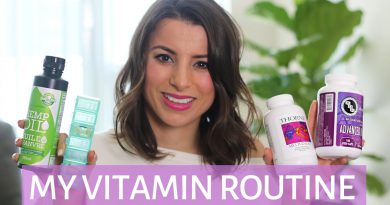Is Vitamin E An Effective Treatment For Melasma Or Skin Hyper Pigmentation?
Melasma is a skin condition that is most often seen in the face. Although it can be present in men, it's most common in women. It's commonly found in pregnancy and in women who are on hormone replacement therapy. Melasma often shows itself via hyper pigmentation on the nose, chin, cheeks, and upper lip, although it can appear in other areas. Sometimes, it's patchy or it shows itself in a spotty appearance. Other times, it just appears to be an area on your face that is darker than other areas. When mine first surfaced, it almost looked like a mustache because the area above my upper lip was noticeably darker. Eventually, it increased to include other areas in my face. And eventually, the dark patches had tiny little white spots within them.
One treatment that I sometimes get asked about is vitamin E. This is a very inexpensive, all natural treatment that can be taken internally or in oral form. Vitamin E is known to be an effective treatment for skin in general because it is a powerful antioxidant. It's said to offer some protection from ultra violet light (and sun damage,) pollution, and cell damage. It's also been used as an anti aging ingredient and some believe that it helps with wrinkles and age spots. There's also some literature which suggest that it can help with inflammation.
Because I have some experience with melasma, I have both researched and tried vitamin E both topically and orally. I could not find any clinical studies or trails that have studied vitamin E as a treatment for hyper pigmentation or this condition. However, I did find a study that mentioned vitamin E within it's literature and findings.
The study that I'm speaking of was testing the effectiveness of pycnogenol (which is the bark of a plant and extremely powerful anti oxidant) as a treatment for melasma. The study indicated that pycnogenol was believed to recycle vitamin C and regenerate vitamin E within the body. And at the end of the 30 day treatment, pycnogenol was said to have an 80% effective rate. In the literature outlining the study, pycnogenol was noted as more powerful than vitamins C and E. However, since this substance seemed to bump up antioxidant production (including C and E,) you could possibly make some general inferences about these vitamins and the skin .
In my own experience, I believe that vitamin E makes for a powerful topical. It makes my skin look a bit brighter. But, I also did not experience dramatic results in terms of my melasma with it alone. At the end of the day, it became part of my regimen because I believe that, as an antioxidant, it is important for skin. But as a treatment for this type of hyper pigmentation, it's only my opinion that there are better options. And there are some commercially available products that contain both pycnogenol and vitamin E so that if you believe that treatments based on antioxidant is something that you want to pursue, it's easy enough to do so while covering all of the bases.
The bottom line for me (and you may certainly disagree) is that treating melasma often requires a combination of many different approaches and a trial and error approach. I've heard from people who believe that E may be helping them slightly, but not enough to make significant enough of a difference. Many people chose to stay with it though because it does seem to help with your skin's overall appearance and it's inexpensive.
Is Vitamin E An Effective Treatment For Melasma Or Skin Hyper Pigmentation? by Susane Dean




